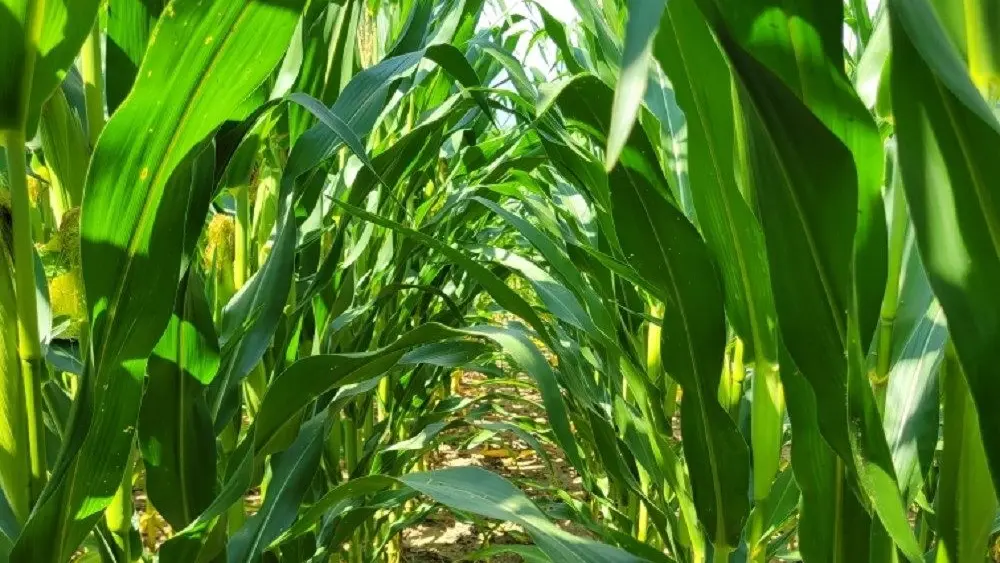 What will be the effects of higher interest rates on farmers and agriculture?
What will be the effects of higher interest rates on farmers and agriculture?
“I’m almost gun shy of making strong predictions in the environment we’ve been in the last couple years,” says USDA chief economist Seth Meyer. He adds that classic economics would say that normally, “rising interest rates in the United States strengthens the dollar, makes us a little less export competitive.”
But Meyer says this isn’t a normal situation. Commodity prices are very high, demand also continues high in light of short supplies of commodities, like wheat, and weather concerns for other crops. However, Meyer is not gun shy on making this projection for producers.
“If you’re a producer, the thing you’re instantly going to see is if you’re going to go in and borrow, you’re going to see the rate increase, and if consensus is right, that rate will continue to increase throughout the year.”
Meyer says sometimes rising interest rates can lower the value of agricultural land and assets, but, again, this isn’t a normal situation, so it’s hard to tell what might happen.
“All else equal, the favorite thing economists say, all else equal, yeah, this should put a little downward pressure on assets like land. But, again, I think in the short run the question is how aggressive does the Fed have to be, and when we look back in 12 months where is the economy sitting as a result. So, again, long run, yes. If this is a part of a long run period where we see interest rates rising over time and sustained, then that’s overall, a negative effect on land.”




